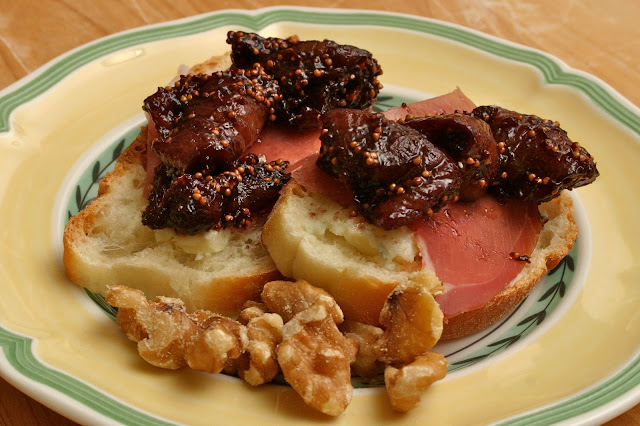OK, so I unceremoniously dropped this blog for over a year. Mea culpa. But, in my defense, I was pregnant and didn't want to think about food, and then I had a newborn at home and had no time to think about food. But, now I've started experimenting in the kitchen again, and it's time to start sharing.
My husband is a big fan of Thai food. I didn't grow up eating Thai food, so this is largely uncharted territory for me. Uncharted territory is fun to explore. I don't feel hemmed in by lots of pre-existing expectations. This red curry is my best Thai dish so far: there's lots of variety in the texture, it has a good balance of sweet and spicy flavor, and the cilantro and basil combination adds a nice bright note on the finish. It's satisfying without being heavy. Major pluses: it's healthy, easy to prepare, and doesn't take a huge amount of time or make a huge mess. I was only in the kitchen for 30 minutes, and cleaning up only took 5 minutes.
You can make your own curry paste if you're adventurous and have lots of extra time, but it's much easier to buy a can or jar of red curry paste from the "ethnic" aisle of the grocery store. I've been told that this is what most Thai cooks do in practice as well. Adjust the spiciness to suit your preference: each tablespoon of curry paste is a "star" at a Thai restaurant. One star is mild, two or three is medium, more than three is quite spicy. Personally, I go for two to three.
Keys to this dish: Use uncooked shrimp and be careful not to overcook them. Use fresh spices. It's not important to be precise with the exact amount of each ingredient, but it is important to be precise about timing. Don't omit or substitute for the coconut milk. However, you can sub canola oil instead of peanut oil if you have a nut allergy.







